Withings' BPM Core is a capable at-home blood pressure cuff that builds atop the solid foundation offered by the original Withings BPM and BPM+. AppleInsider strapped one on to test out how the changes made an impact.
Withings, freed of its Nokia oversight, has updated many of its products and releasing new ones. One of the most recent is the BPM Connect. BPM connect is an iteration on its classic, and popular, blood pressure cuff, with a couple of beneficial improvements over the original.
What it does
BPM Connect is a blood pressure cuff that will return readings for your systolic and diastolic measurements as well as your heart rate at the time of the test.
It also will rate your blood pressure and categorize it as normal, elevated, high (stage 1), high (stage 2), and "hypertensive crisis" where emergency care would be needed. Those are color coded as well into green, yellow, and red where appropriate.
Taking a test is easy, with the cuff slipping on the left arm. It is positioned near the top of the arm, over the bicep. The tube is to be against the body with the Withings logo level with the heart.
The test only takes a few minutes before the results get displayed, just as if at a doctor's office — but at home.
What's new
Everything above sounds on par with the last generation — and it is. To push things forward, Withings has now integrated an LED matrix display as well as Wi-Fi.
This has a profound impact on usage because it no longer requires a smartphone to take a reading. The results are displayed right on the tube, as well as the categorization, and synced to your account via Wi-Fi.
When the cuff is on the arm, a button press brings it to life. It will say BP when ready, and another press will start the test. As soon as it concludes, the systolic, diastolic, and heart rate values will be shown and a red/yellow/green indicator.
If used for multiple people, it will then give the name of the user who just performed the test and confirm with a checkmark once it has synced with the Health Mate platform.
Personally, we found it far more convenient to take readings at any time without having to open the app.
A health companion
Withings really sees itself as a hub to all of your health information. For us, we have our sleep data from the Withings Sleep Tracker, our weight and other stats from the Body+ scale, our steps (which is imported from the Health app), and of course now our blood pressure information from the BPM Connect.
All of this data is synced with Apple's Health platform for further analysis and use within other medical apps. That includes being shared with your doctor if your medical network supports the Health app.
The BPM Connect feels like a premium hone health product with soft, heathered fabric around the outside and a soft-touch plastic to the tube and a metal ring when connecting on your arm.
Withings clearly has bee doing this for a while as they've perfected so many of the little touches. Take the magnet embedded in the end. It not only keeps the product as a whole nicely wrapped when not in use, when we were putting it on our arm and let the sleep slip through the ring, the magnet stopped it in its tracks from coming loose and needed to be rethread.
One thing we'd have liked to see here is a change from Micro USB to USB-C. They spent the time to add the impressive LED display that stays completely hidden but they didn't see fit to swap the port for something more modern.
BPM Connect is a stellar product that adds value to those who do these tests regularly without being intrusive. We are even more excited for the BPM Core which builds on the BPM Connect by adding a digital stethoscope which can monitor the heart and identify failing heart valves as well as take an ECG, similar to the Apple Watch.
The BPM Core will be launching in the US soon, pending FDA approval. Til then, the BPM Connect is here to take the crown for our favorite home blood pressure cuff.
Rating: 4.5 out of 5
Where to buy
The BPM Connect can be picked up on Amazon for $99.95
 Andrew O'Hara
Andrew O'Hara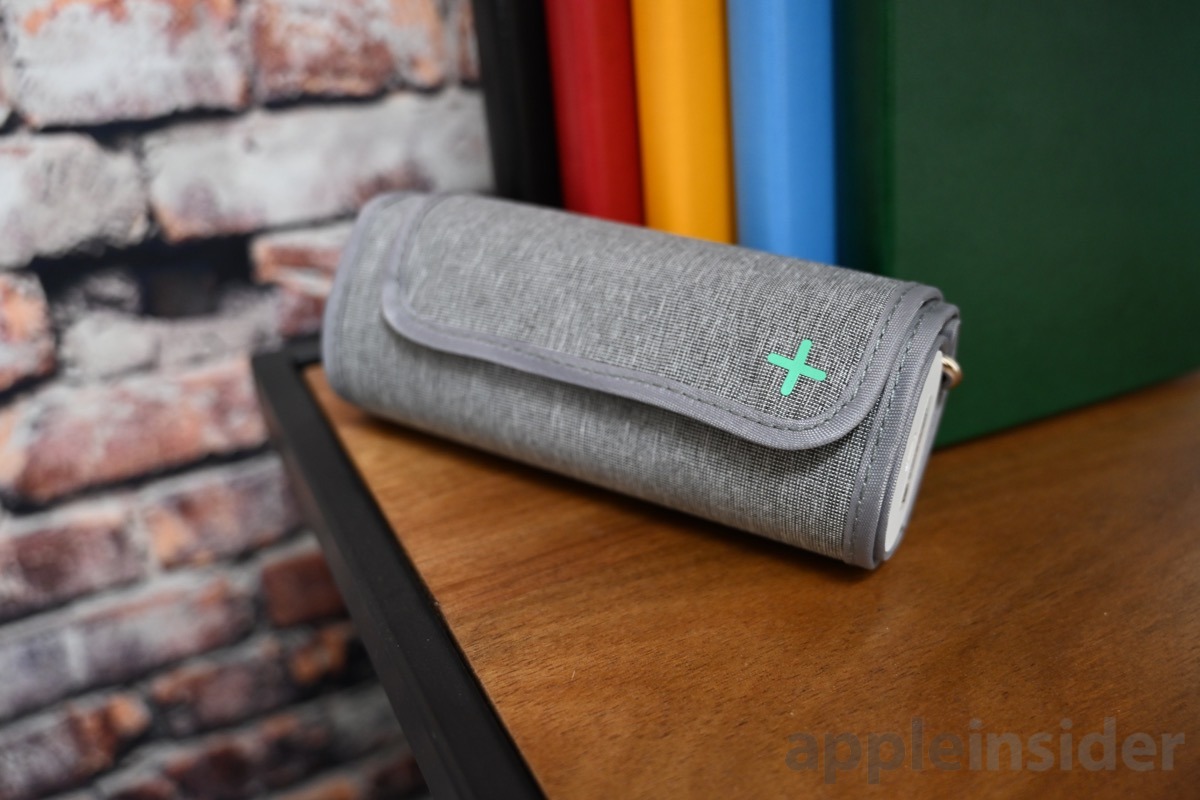
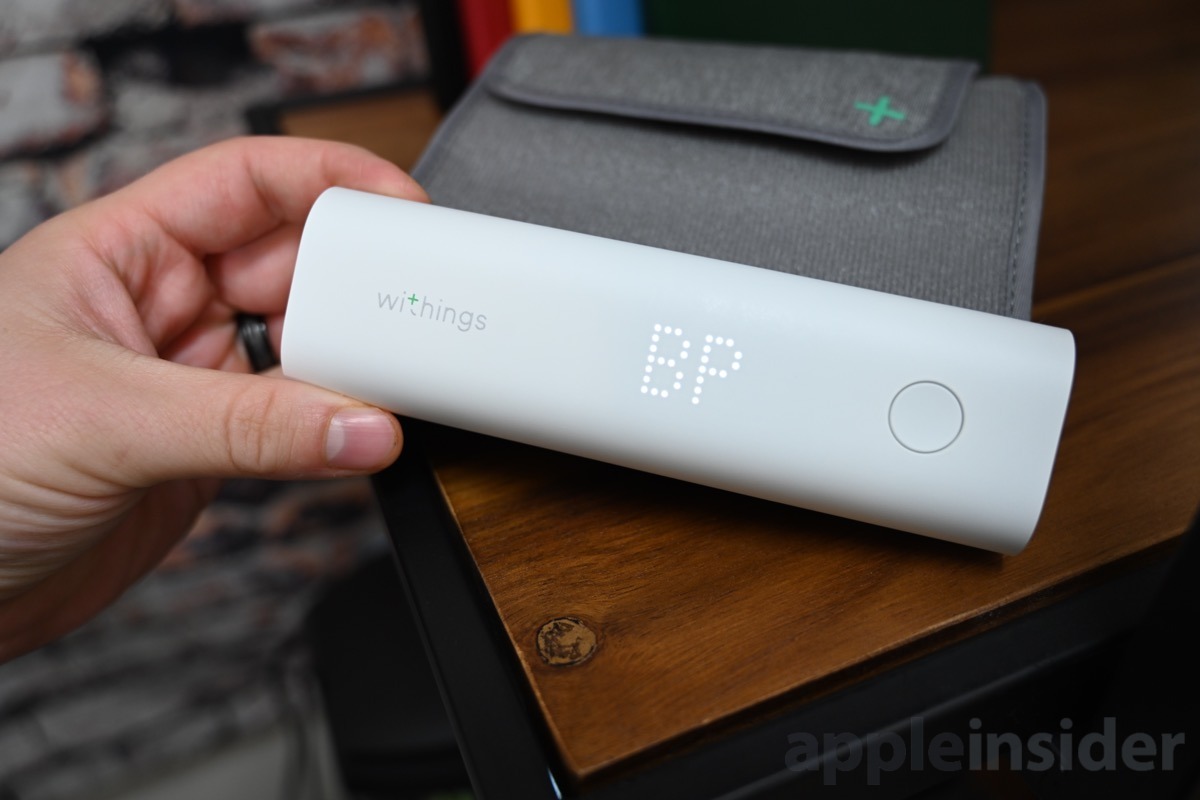
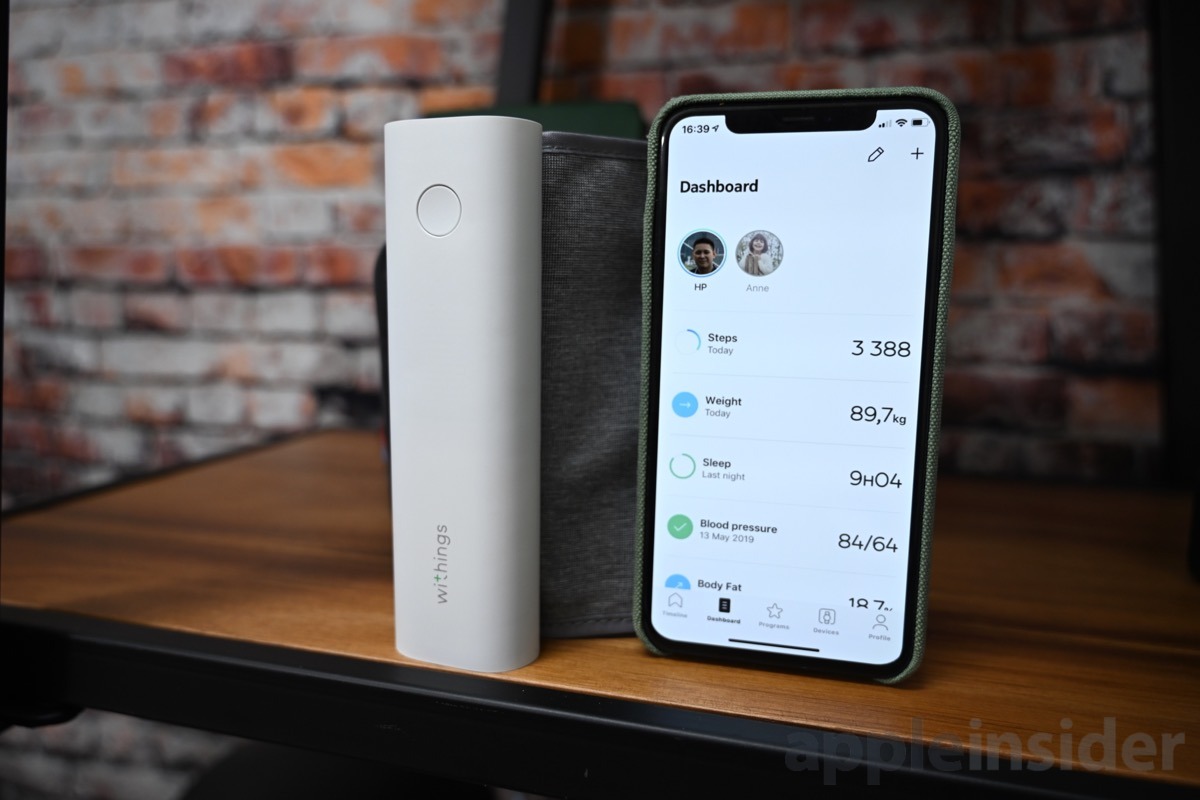
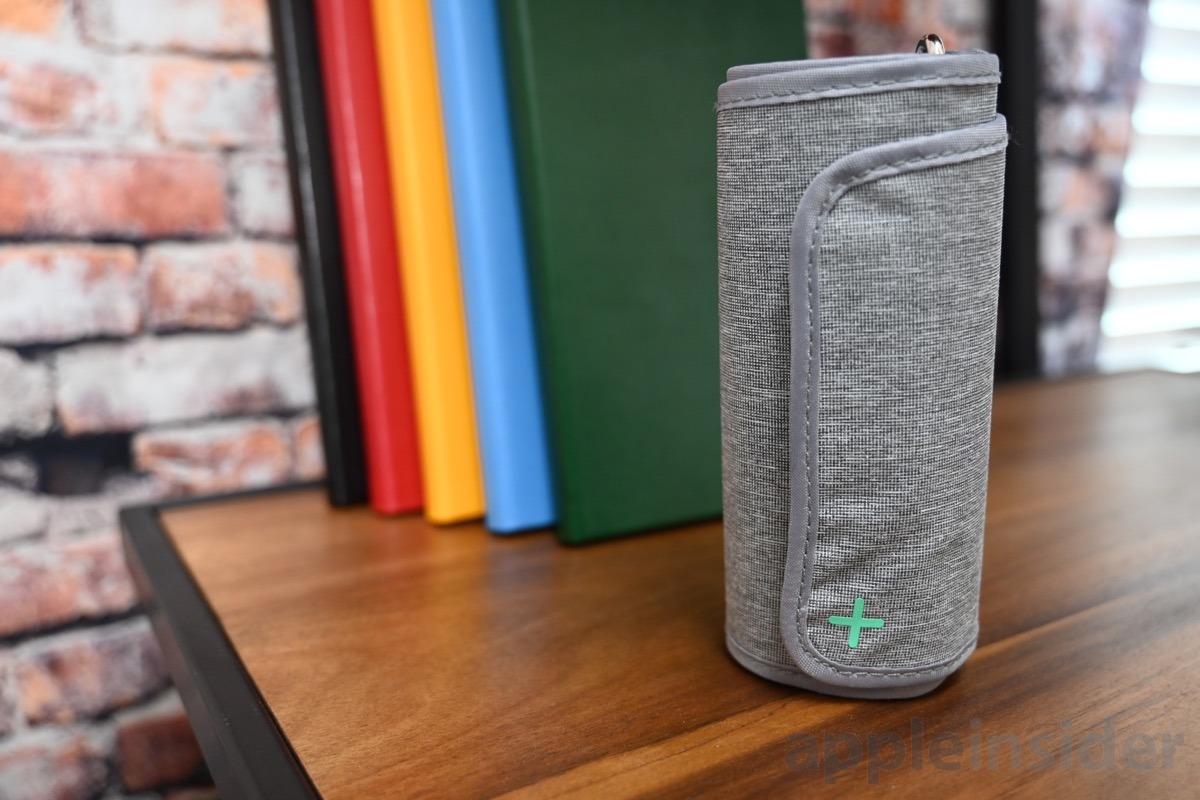







-m.jpg)





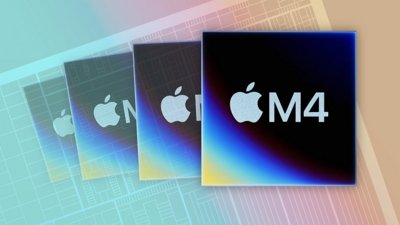
 Malcolm Owen
Malcolm Owen
 William Gallagher
William Gallagher
 Andrew Orr
Andrew Orr




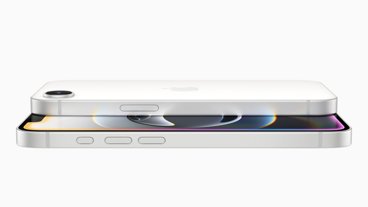



-m.jpg)




6 Comments
Both models seem really nice. I agree on the missing USB-C, though.
This could be more than just a convenience.
Increasingly medical professionals are recognizing the limitations of office based blood pressure monitoring and recommending what is usually called "ambulatory monitoring" - in other words: home based monitoring but using medical grade equipment. But, we can expect increased acceptance of results from consumer grade products such as this.
Be aware that none of the BPM Connect’s ECG data can transfer to Apple’s Health App. No 3rd party can write ECG data to the Health app. All other data from your readings will transfer... heart rate, blood pressure, etc. NOT ECG. I discovered this when buying an AliveCor KardiaMobile 6L— a tiny device that is a 6 lead EKG. They told me this was a limit of Apple’s.
It would have been nice for the article to include an accuracy comparison against an office experience, as well as a consistency evaluation where the cuff was removed between readings. A decent app and on device reading doesn't amount to much if it doesn't produce consistent results or if those results differ from a professionally given blood pressure test. I purchased a Qardio cuff a couple years ago when I was looking for a cordless Health app connected BP monitor. I went with this unit primarily on reviews that included details on accuracy, and while it didn't always match office visit tests, it read consistently and the difference between it and the office visit was a knowable amount. This was the best available at the time. A article with a side by side comparison between the top BP devices and the BPM Connect that included both consistency and accuracy would be really great.
in their documentation and faq, withings says the battery lasts six months. does that mean you only have to recharge it every six months or that in six months you'll own an inert piece of plastic?